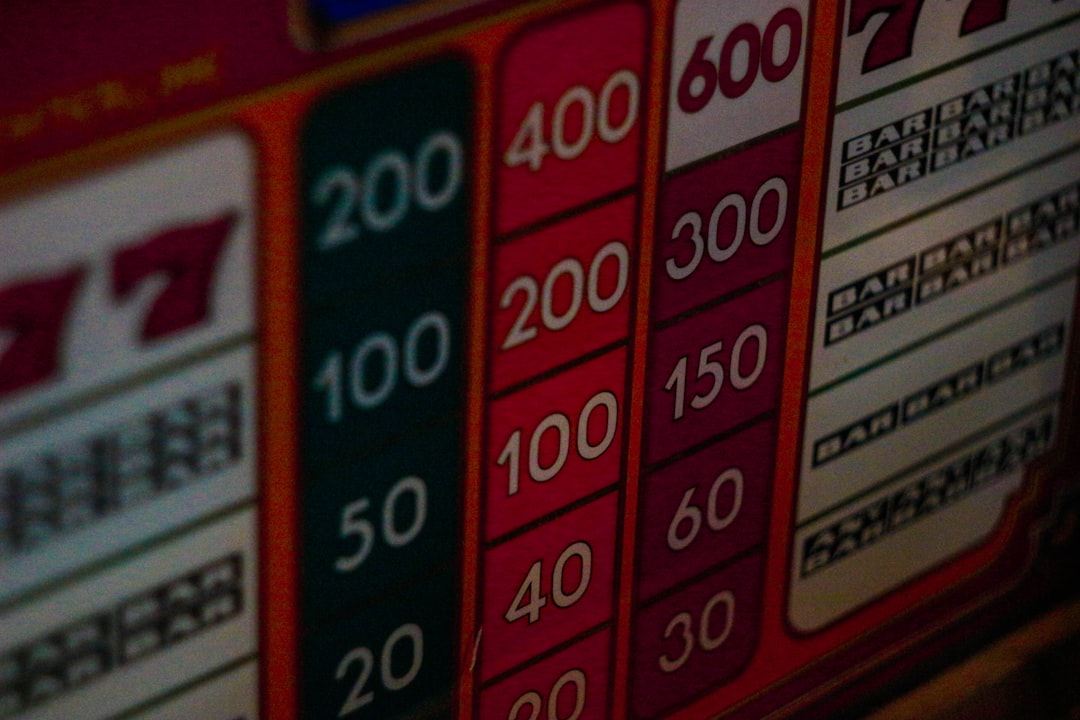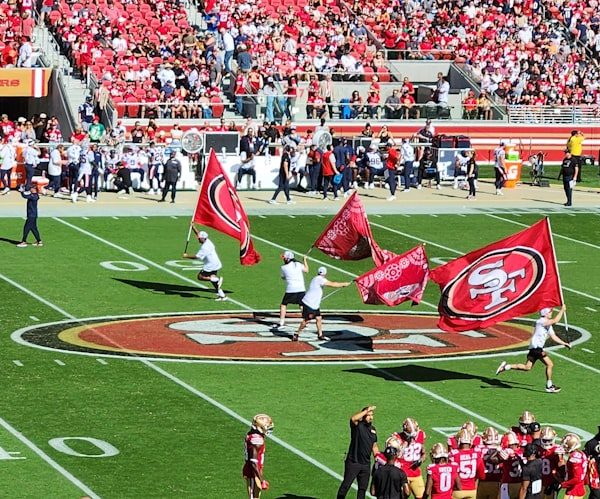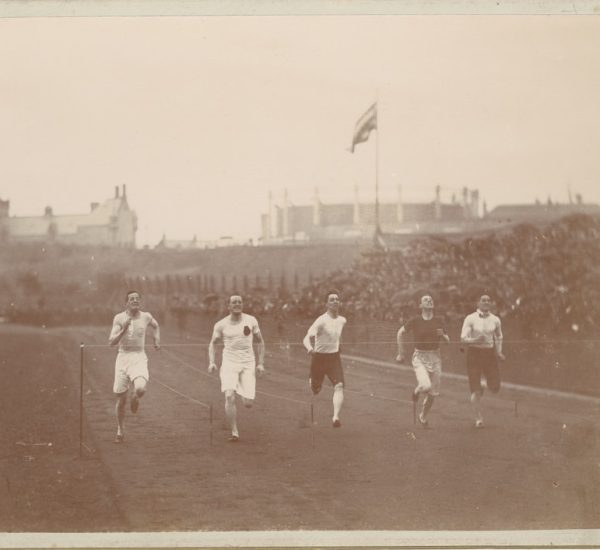In the world of sports betting, two of the most common types of wagers are parlays and straight bets. While both can be profitable, they differ drastically in terms of risk, reward, and strategic use. Understanding when to combine bets into a parlay and when to stick to straight bets is crucial for betting success.
Understanding Straight Bets
A straight bet is the most straightforward form of sports betting. In this type of wager, the bettor chooses a single game or event and bets on one outcome—whether it’s a point spread, moneyline, or over/under total.
Because you’re only betting on a single outcome, the risk is limited to that one selection. The average return for correctly predicting a straight bet is usually close to a 1:1 ratio, depending on juice or vig (typically -110 odds means you need to bet $110 to win $100).
- Low risk: Only one selection needs to win.
- Moderate reward: Results in a consistent payout if played wisely.
- Control: Easier to research and validate one outcome at a time.
What is a Parlay?
A parlay combines multiple wagers into a single bet. To win a parlay, every leg (individual wager) included must be successful. If even one leg loses, the entire parlay is lost.
Although parlays are riskier, they offer much higher payouts. That’s because the odds of each leg compound, resulting in a multiplier effect. For example, a two-team parlay might pay 2.6 to 1, while a four-team parlay could return 10 to 1 or more, depending on odds.
- High risk: All selections must win.
- High reward: Offers significant payouts for correct predictions.
- Excitement factor: Watching multiple bets at once increases engagement.

When to Use Straight Bets
Knowing when to use straight bets comes down to understanding the strength of the bet and the level of confidence in that outcome. Use straight bets when:
- You have a strong single-read on a game or team.
- You want to manage your bankroll responsibly.
- You prefer lower variance and steadier gains over time.
- You’re betting on outcomes that are closely contested, where even small edges matter.
Straight bets are often recommended for beginners and for anyone who takes a long-term strategic approach to betting. Handicappers and sharps often play a high volume of straight bets as part of a disciplined bankroll strategy.
When Parlays Make Sense
Parlays might not be the smartest play according to traditional betting models, but they can have their place when used strategically. Parlays make sense in these scenarios:
- You’re betting a small amount for the potential of a large payout.
- You’ve identified correlated outcomes (e.g., a team winning and the over hitting when that team scores a lot).
- You have a strong edge on multiple matchups and want to leverage that.
- You’re embracing high variance for entertainment or promotional purposes.
While oddsmakers love parlays—they generate high profits for sportsbooks—betting wisely on parlays (especially small two- or three-leg versions with value) can be useful for advanced bettors.
Parlays vs. Straight Bets: A Statistical Look
Let’s compare the long-term prospects of someone placing straight bets with someone betting parlays:
- Straight bettor: Hits 55% at -110 odds. Over time, this bettor earns around a 5% profit on their staked amount.
- Parlay bettor: Hits 55% accuracy per leg on a 3-leg parlay. Odds of hitting all three are about 16.6%. Unless they get boosted payouts or include some +odds legs, the house edge can be over 20%.
Clearly, the straight bettor has higher long-term sustainability. But that doesn’t tell the whole story—if one parlay hits in a small sample size, the returns could be enormous. In short-term, recreational contexts, they can be appealing.

Combining Bets: Best Practices
If you do plan to combine bets, here are a few betting tips that can improve your chances:
- Limit Legs: Keep parlays to 2-4 legs to reduce compounded risk.
- Look for Value: Include bets where the odds offer actual value—parlays won’t compensate for poor picks.
- Avoid Emotional Selections: Parlays shouldn’t be used just to force action on all your favorite teams.
- Shop Lines: A half-point difference on each leg can dramatically affect parlay odds.
- Use Free Bets or Promos: Limited risk promos are ideal opportunities for parlay experimentation.
When Not to Combine Bets
Combining bets just to chase a big payout can often backfire. Avoid parlays in situations when:
- You can’t confidently handicap every leg included.
- You’re chasing losses or trying to make up significant bankroll deficits.
- You’re unsure about a game’s variance: e.g., fluctuating injury reports, changing weather, or inconsistent teams.
- You’re doing it solely for the excitement without consideration of actual outcomes.
Avoid the trap of overestimating your predictive accuracy. Even sharp bettors find it hard to string together multiple accurate picks. Parlays magnify any slight mistake.
Conclusion
The choice between parlays and straight bets isn’t an either/or proposition. Both have their place in a bettor’s toolkit. Straight bets are ideal for consistent, data-driven betting with controlled losses. Parlays offer the thrill of big payouts and can be fun if used responsibly. The key is recognizing which tool is appropriate for the specific moment in your betting journey.

FAQ: Parlays vs. Straight Bets
- Q: Are parlays better than straight bets?
A: Not necessarily. Parlays offer higher potential payouts but come with higher risk. Straight bets offer more consistent returns over time. - Q: Can I win consistently with parlays?
A: It’s difficult to win parlays consistently because all legs must hit. Most smart bettors use them sparingly or for fun. - Q: How many legs should I include in a parlay?
A: For the best balance of risk and reward, limit your parlays to 2-3 legs. - Q: When is it okay to use a parlay?
A: Parlays are fine when you have strong reads on multiple games or are using small stakes for big potential gain. - Q: How do sportsbooks make money on parlays?
A: Parlays have a higher house edge than straight bets, which increases the sportsbook’s profit margins over time.



